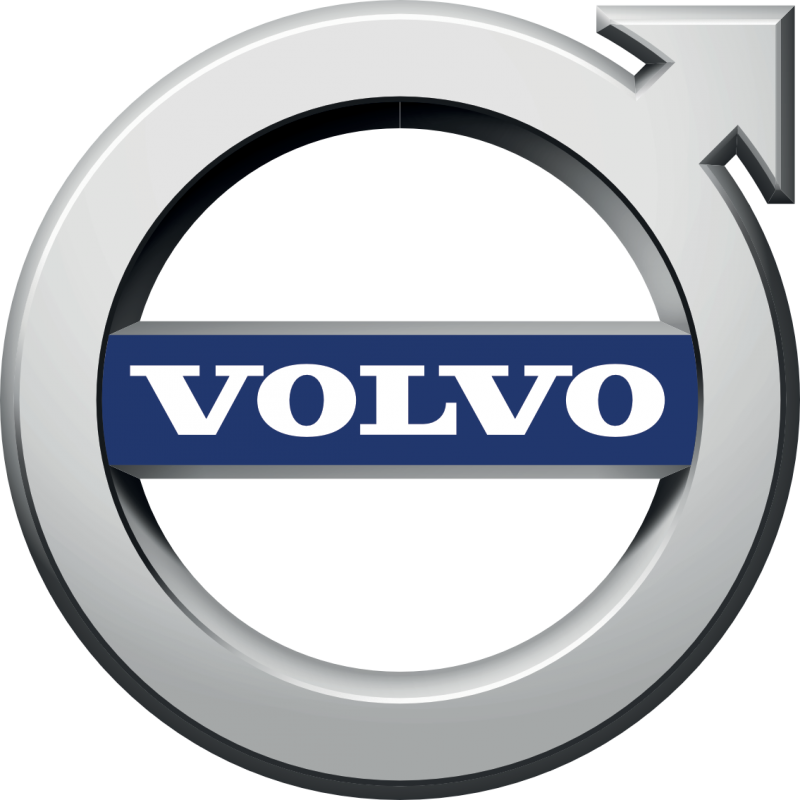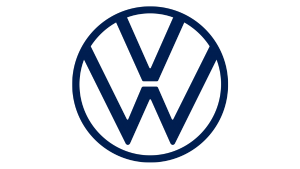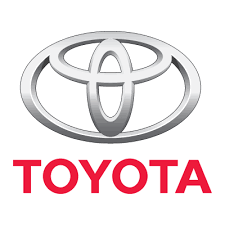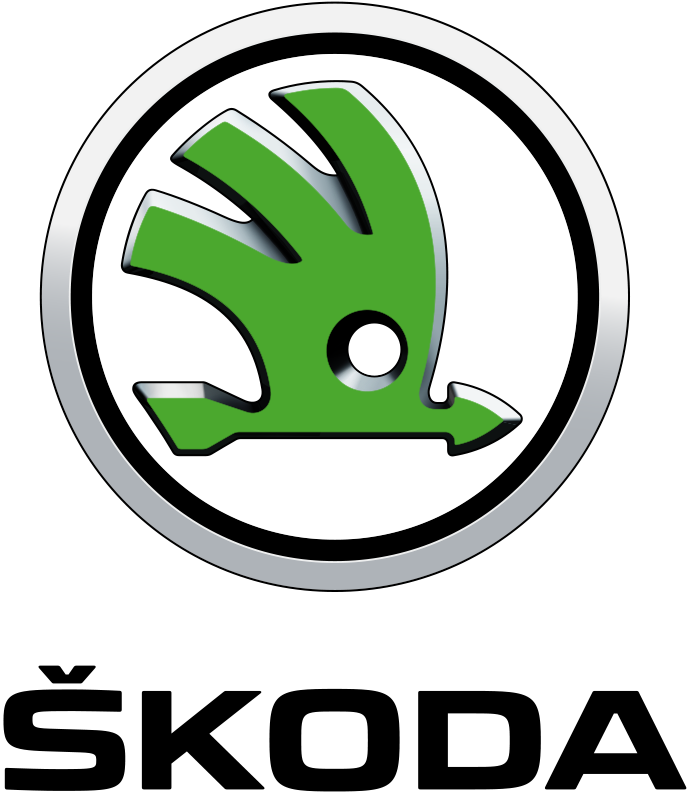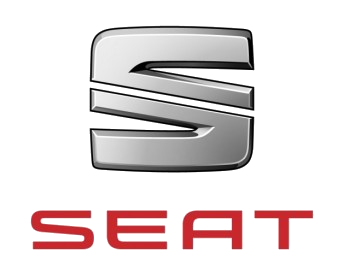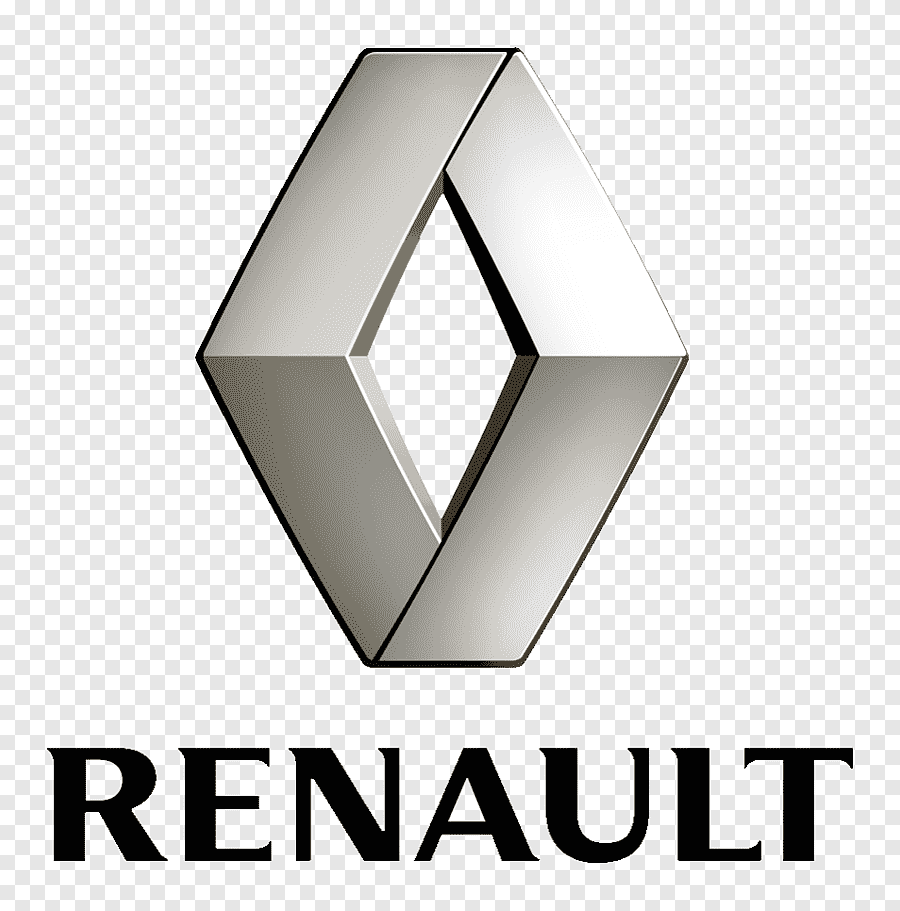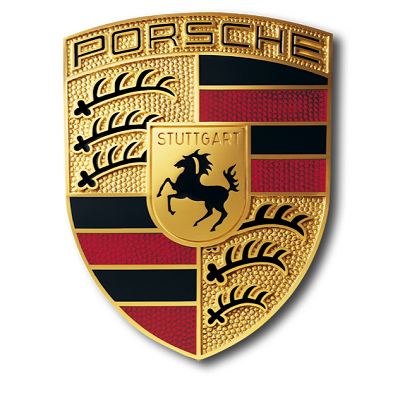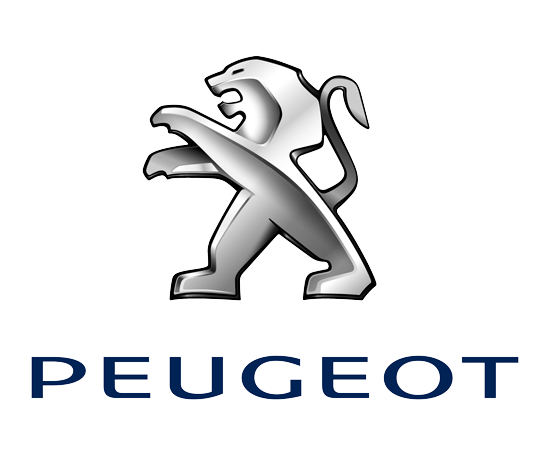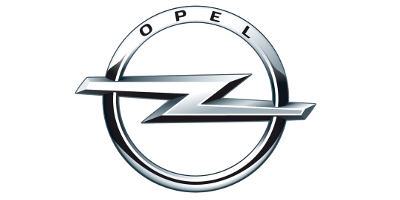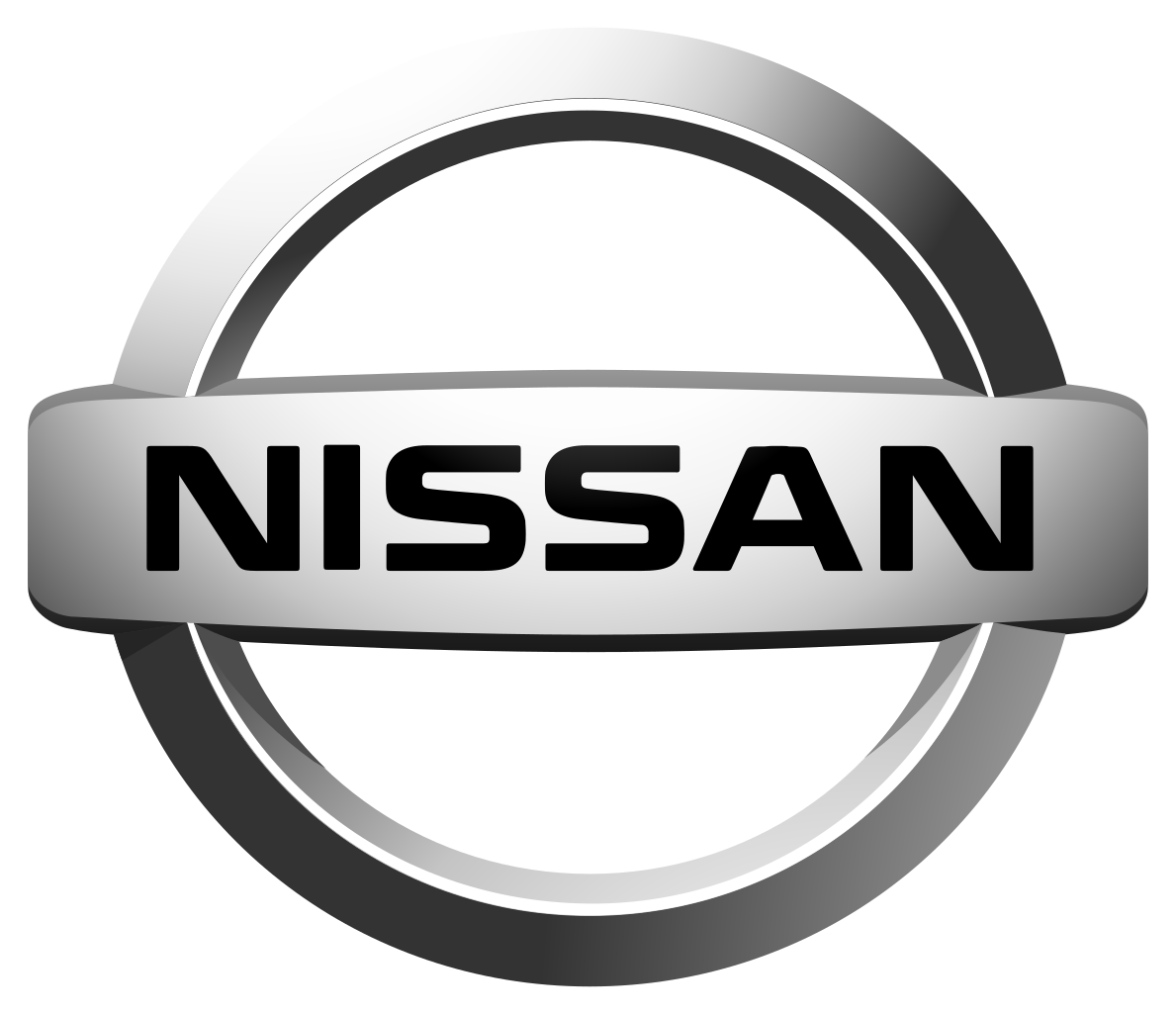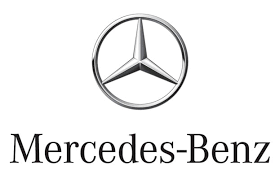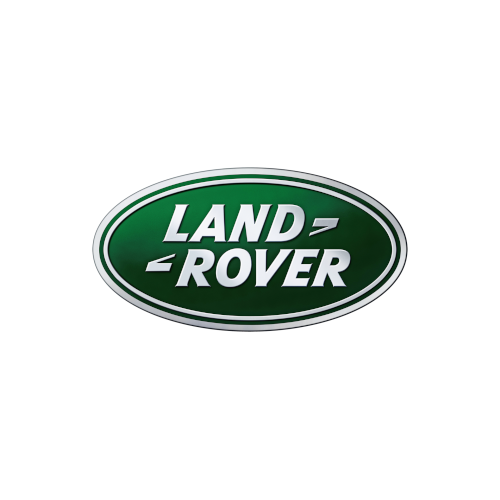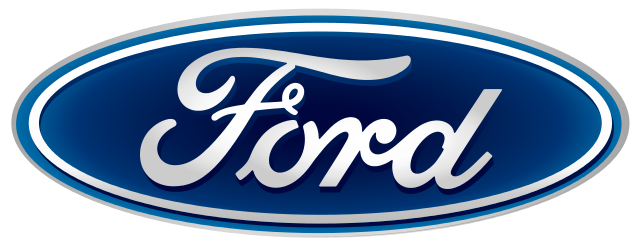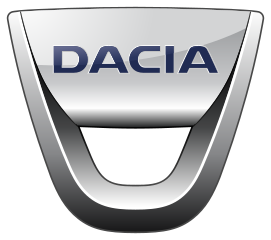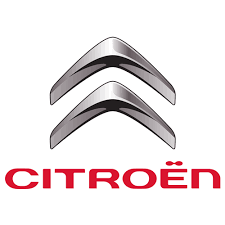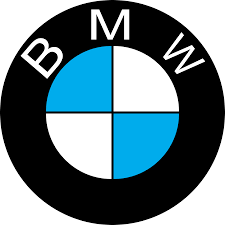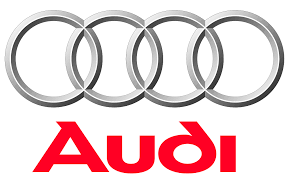Content
In other words, it’s how long it takes a company to turn its inventories into cash. Understanding a company’s operating cycle can help determine its financial health by giving them an idea of whether or not they’ll be able to pay off any liabilities. The third stage focuses on the current outstanding payable for the business. This figure is calculated by using the Days Payables Outstanding , which considers accounts payable. By maximizing this number, the company holds onto cash longer, increasing its investment potential. This cycle of raw material conversion to cash is called operating or working capital cycle. In terms of time, it is the time taken after the purchases of raw material till its translation into cash.
This can be found on the company’s balance sheet, whereas the cost of goods sold can be found on the company’s income statement. A company with an extremely short operating cycle requires less cash to maintain its operations, and so can still grow while selling at relatively small margins. Conversely, a business may have fat margins and yet still require additional financing to grow at even a modest pace, if its operating cycle is unusually long. If a company is a reseller, normal balance then the operating cycle does not include any time for production – it is simply the date from the initial cash outlay to the date of cash receipt from the customer. A longer CCC means it takes a longer time to generate cash, which can mean insolvency for small companies. A company can also sell products on credit, which results inaccounts receivable. Therefore, cash isn’t a factor until the company pays the accounts payable and collects the accounts receivable.
Though a company’s operating cycle depends on the industry, knowing its operating cycle is useful when comparing it to other companies within the same industry. A higher, or quicker, inventory turnover decreases the cash conversion cycle. Thus, a better inventory turnover is a positive for the CCC and a company’s overall efficiency.
The Operating Cycle Of A Business
The difference between the two formulas lies in NOC subtracting the accounts payable period. This is done because the NOC is only concerned with the time between paying for inventory to the cash collected from the sale of inventory. The credit policy and related payment terms, since looser credit equates to a longer interval before customers pay, which extends the operating cycle. Days sales outstanding is a measure of the average number of days that it takes for a company to collect payment after a sale has been made. CCC may not provide meaningful inferences as a stand-alone number for a given period.
Peggy James is a CPA with 8 years of experience in corporate accounting and finance who currently works at a private university. For more ways to add value to your company, download your free A/R Checklist to see how simple changes in your A/R process operating cycle can free up a significant amount of cash. Where D is the number of days for which the relevant turnover ratios are available i.e. 365 in case of a year. There are industries, for which this period exceeds a year, for example, ships manufacturing.
Operating Cycle
Longer the manufacturing cycle, longer will be the operating cycle and higher will be the firm’s working capital requirements. The operating cycle is the lead time between placing orders with vendors and receiving the product. Amanda L. Webster has a Master of Science in business management and a Master of Arts in English with a concentration in professional writing. A negative CCC means that L&T is getting paid by customers much earlier than payment to suppliers. Learn financial modeling and valuation in Excel the easy way, with step-by-step training. This lesson will outline the concept of ending inventory and how it is used in business.
- His bakery’s operating cycle wouldn’t end until all of his baked goods have been sold to customers and he’s received cash from his sales.
- As a result, whatever cash is tied up is not available for other uses.
- The length of an operating cycle is an indicator of the asset-utilization and liquidity of a company.
- Most companies desire short operating cycles because it creates cash flow to cover the company’s liabilities.
- GAAP requires that assets and liabilities must be broken out into current and non-current categories on abalance sheet.
- For example, an accounts receivable analysis would determine the average number of days it takes the business to collect on an account.
As a result, it can consequently lead to a more successful business. In year 1 the operating cycle of a company was 65,4 days, after what it increased to 78,4 days in year 2. This means the company needed 65,4 days in year 1 between acquiring goods and realizing the cash from sales.
However, it’s important to note that many businesses extend their business life cycle during this phase by reinventing themselves and investing in new technologies and emerging markets. This allows companies to reposition themselves in their dynamic industries and refresh their growth in the marketplace. As sales increase rapidly, businesses start seeing profit once they pass the break-even point. However, as the profit cycle still lags behind the sales cycle, the profit level is not as high as sales. Finally, the cash flow during the growth phase becomes positive, representing an excess cash inflow.
A trend of decreasing or steady CCC values over multiple periods is a good sign while rising ones should lead to more investigation and analysis based on other factors. One should bear in mind that CCC applies only to select sectors dependent on inventory management and related operations. I think that this will definitely help me to understand cash operating cycle. I think that this will definitely help me to do my business accounting very well. Gross Operating Cycle – It is the average period that takes between the purchase of raw materials to cash received for it. The period required to produce and sell goods and receive the due cash in exchange for the goods is known as an operating cycle. The length of operating cycle is equally influenced by external environment.
Factors Affecting The Operating Cycle
However, unlike the earlier stages where the business risk cycle was inverse to the sales cycle, business risk moves in correlation with sales to the point where it carries no business risk. Due to the elimination of business risk, the most mature and stable businesses have the easiest access to debt capital.
In this phase, depreciated capital is replaced, leading to new investments in the production process. Recovery continues until the economy returns to steady growth levels. In this phase, there is a turnaround in the economy, and it begins to recover from the negative growth rate. Demand starts to pick up due to low prices and, consequently, supply begins to increase. The population develops a positive attitude towards investment and employment and production starts increasing.
The operating cycle calls for proper monitoring of external environment of the business. Changes in government policies like taxation, import restrictions, credit policy of central bank etc. will have impact on the length of operating cycle. The operating cycle reveals the time that elapses between outlay of cash and inflow of cash. Quicker the operating cycle less amount of investment in working capital is needed and it improves the profitability. The duration of the operating cycle depends on the nature of industry and the efficiency in working capital management.
The total of inventory holding period and a receivable collection period of a firm is the operating cycle time of that firm. The operating cycle in working capital is an indicator of the efficiency in the management. The longer the cash cycle of a company, the larger is the working capital requirement. Hence, based on the duration of the Cash cycle, the working capital requirement is estimated by firms and financed by commercial banks. Reduction in Cash cycle helps in freeing up cash, thus improving profitability.
Cash Conversion Cycle The Cash Conversion Cycle is a ratio analysis measure to evaluate the number of days or time a company converts its inventory and other inputs into cash. It considers the days inventory outstanding, days sales outstanding and days payable outstanding for computation. Operating cycle is the number of days that the business required to purchase the inventory until it is sold and collected cash from the customers. This includes the purchases of the goods, sales of the merchandise, and the collection of the accounts receivable. This indicator can be computed by summing the inventory turnover and the accounts receivable turnover . For the company it is desirable to observe the decrease of the operating cycle during the analyzed period.
The extent of these fluctuations depends on the levels of investment, for that determines the level of aggregate output. The demand for goods and services starts declining rapidly and steadily in this phase. Producers do not notice the decrease in demand instantly and go on producing, which creates a situation of excess supply in the market. All positive economic indicators such as income, output, wages, etc., consequently start to fall. Because of big orders to the suppliers, Apple is able to negotiate better credit terms.
A shorter operating cycle is more favorable as it means the company has enough cash to maintain operations, recover investments and meet various obligations. In contrast, if a business has a longer operating cycle, it means the company requires more cash contra asset account to maintain operations. , sell the inventory, and collect cash from the sale of the inventory. This cycle plays a major role in determining the efficiency of a business. Thus, several management decisions can impact the operating cycle of a business.
Working capital is the life blood of any business, without which the fixed assets are inoperative. Working capital circulates in the business, and the current assets change from one form to the other. Cash is used for procurement of raw materials and stores items and for payment of operating expenses, then converted into work-in-progress, then to finished goods.
The NOC is considered a more logical approach since payables are viewed as a source of operating cash or operating cycle in working capital for the company. Have you ever wondered how a company manages its money and pays its bills? Working capital management is how companies are able to manage finances and continue operations. Additionally, the operating cycle might ultimately determine whether or not an investor takes an interest in the company.
As sales begin to increase slowly, the corporations’ ability to finance debt also increases. In the funding life cycle, the five stages remain the same but are placed on the horizontal axis.
Author: Emmett Gienapp

